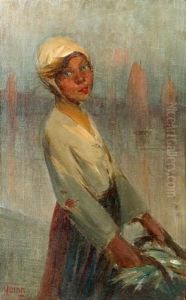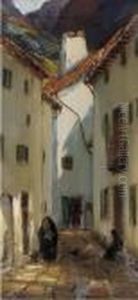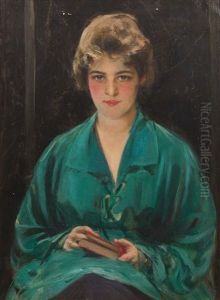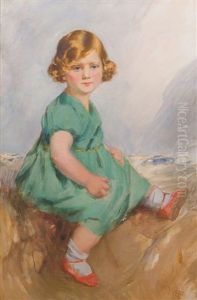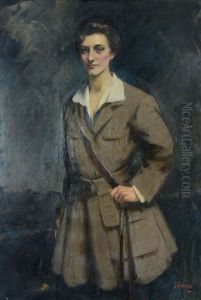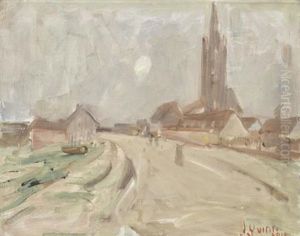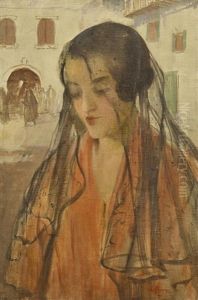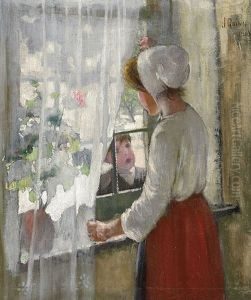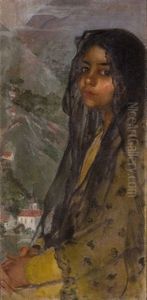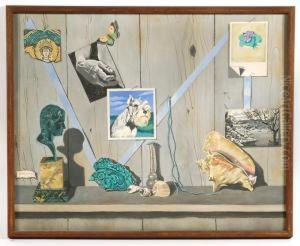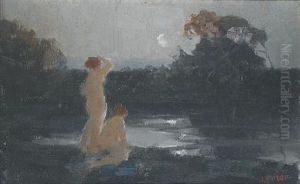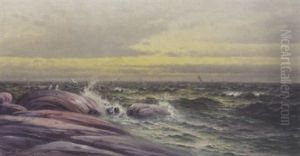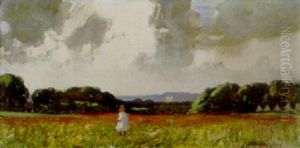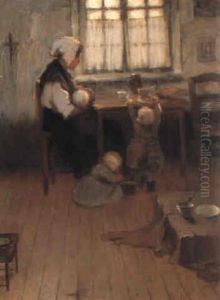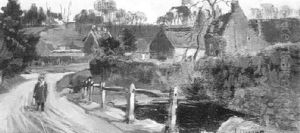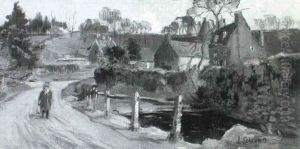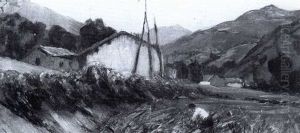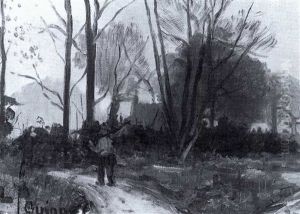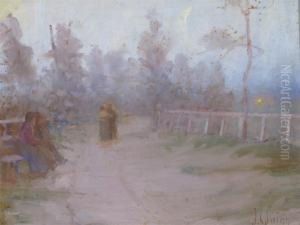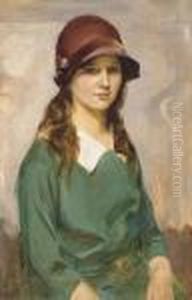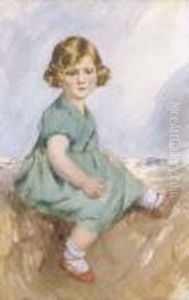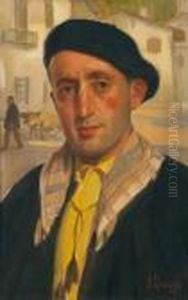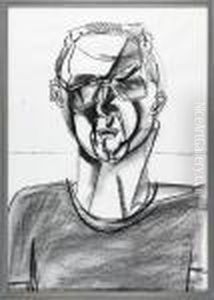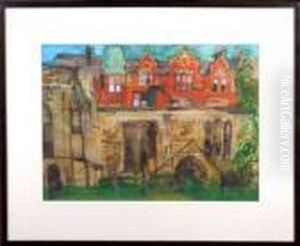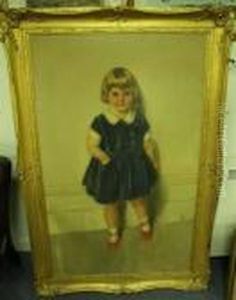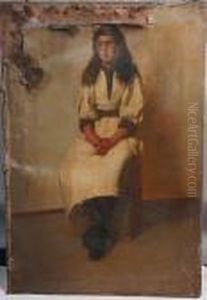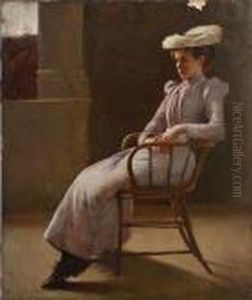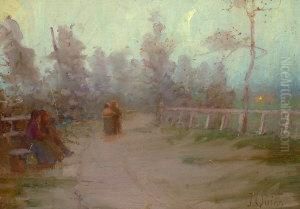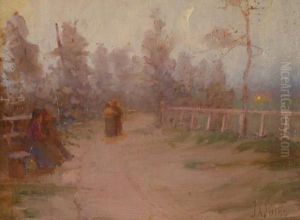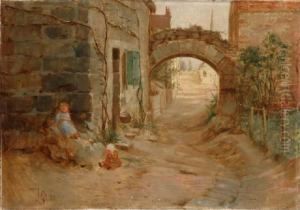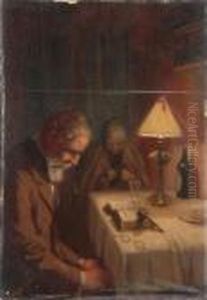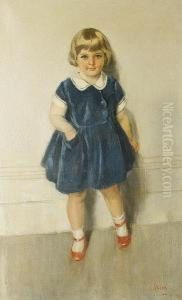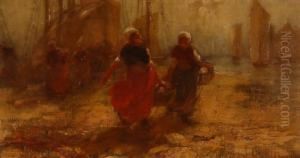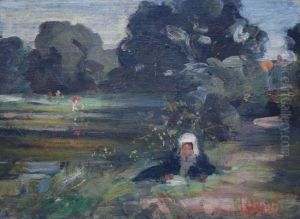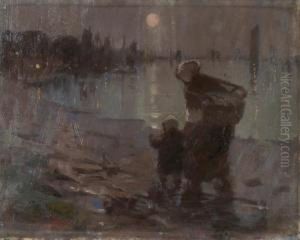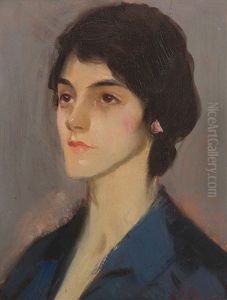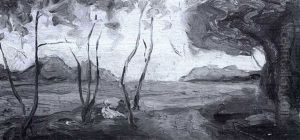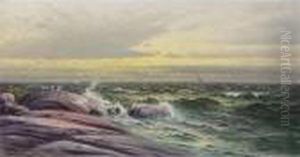James Peter Quinn Paintings
James Peter Quinn was an Australian artist born on January 21, 1869, in Sydney. Quinn was known for his portraiture and was a significant figure in Australian art during the late 19th and early 20th centuries. He studied at the National Gallery School in Melbourne under Frederick McCubbin and later in Paris at the Académie Julian under Jean-Paul Laurens. Quinn was heavily influenced by the Impressionist movement, which was gaining prominence in Europe during his studies.
After his education, Quinn returned to Australia where he established himself as a portraitist. He painted many notable figures of his time, including Australian politicians, socialites, and fellow artists. His style combined traditional techniques with the looser, more vibrant brushwork of Impressionism, which made his work stand out among his contemporaries.
Despite his success as a portrait artist, Quinn struggled financially and often found it challenging to sell his work in Australia, where the art market was still developing. In search of better opportunities, he moved to Europe in 1912 and spent many years in England, where his work was better received. He exhibited at the Royal Academy of Arts in London and was recognized for his contribution to British portraiture.
Quinn's legacy in Australian art history is notable for his role in bringing Impressionist techniques to Australian portraiture and for his documentation of the country's early 20th-century cultural and political figures. Although not as widely recognized today as some of his contemporaries, Quinn's work provides an important insight into the development of portrait painting in Australia and the broader influence of European art movements in the region.
James Peter Quinn passed away on November 1, 1951, in England. His works are held in various Australian public collections, including the National Gallery of Australia and the Art Gallery of New South Wales, ensuring his contributions to art are remembered and continue to be appreciated.
